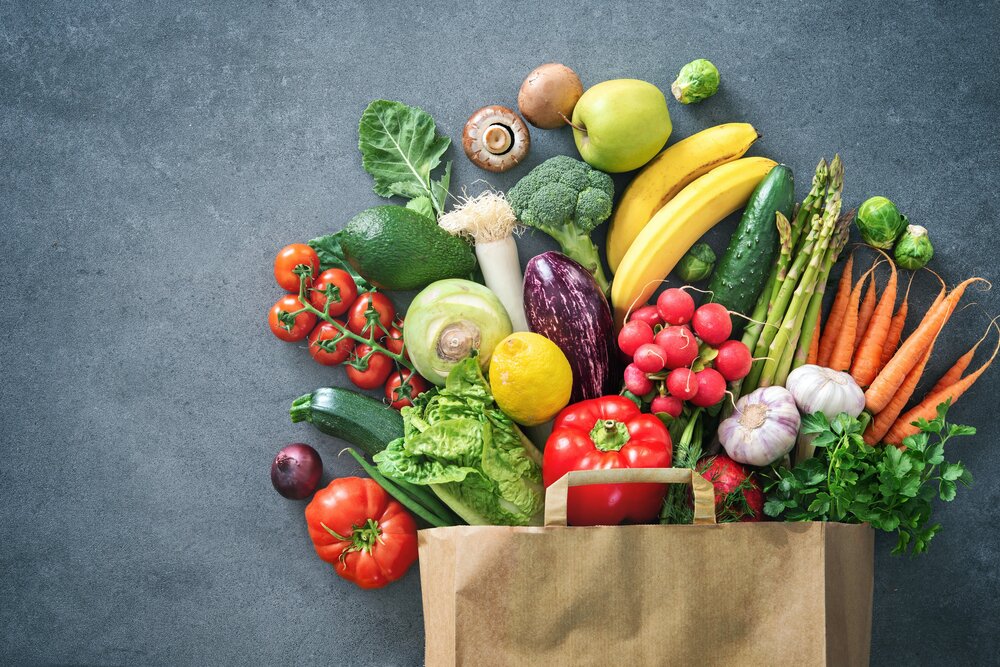The UK healthcare system is currently in a crisis. With the patient waitlist for routine treatment now exceeding 7 million, your health has never been more important.
As the winter sets in and energy costs rise, we are more exposed than ever to illness. It’s no surprise then that more and more people are turning to private medical cover to get around lengthy waiting times.
With all this in mind, doing everything in your power to stay well should be a daily priority and the best place to start is your diet. Nutrition can often be overlooked but, in truth, it plays a vital role in your health and wellbeing.
As the saying goes: a little bit of what you fancy does you good. No arguments there, but eating too little of the foods you need can be just as bad for you as overindulging in a little too much of what you fancy.
Most likely, we can all agree that eating a balanced, nutritious diet is a good idea, but what does this actually mean?
This article will discuss the fundamentals of healthy eating, the importance of variety and how a balanced diet can be modified to meet our nutritional needs and lifestyles.
So why is variety so important to your diet?
According to the NHS Eatwell Guide, the right balance is made up of four core areas:
- Fruit & Veg
- Carbs
- Dairy/Dairy alternatives
- Proteins
Mixing up your ingredients at mealtimes is one of the best ways to get the variety of nutrients your body needs. This lowers the risk of malnutrition, which can happen when we’re not eating a diverse diet.
Malnutrition doesn’t necessarily just apply to underweight or overweight individuals; it can happen to anyone if you’re not getting enough of what you need. This can result in weak muscles, fatigue, nausea, periods of ill health and even respiratory problems.
Understanding diet diversity
However, the definition of “diversity” provided by dietary recommendations is often unclear and oversimplified, and it differs greatly from how we may understand or interpret it.
Academic research suggests that having variety across meals every day, as well as ticking all the boxes we’ve set out above, is the best way to diversify your diet.
If, for example, you have a set routine of what you’ll eat for breakfast, lunch and dinner, maybe try mixing things up a bit. If your morning go-to is a smoothie, tuck into a bowl of oats and fresh fruit instead.
Fork-full of flavour and texture
Research has also shown that we eat more when our meals look interesting or different. A plate full of different flavours and textures means we are more likely to be engaged in eating for longer.
This postpones the sensation of feeling full which would normally stop us from eating. When you have a plate full of goodness to consume, being engaged throughout is no bad thing.
However, if your plate is varying tones of beige and breadcrumbed or battered textures, this could pose a risk to your health, as this kind of breadcrumbed, battered, and fried food can potentially increase the likelihood of disease linked to being overweight.
Work-life balance
After a long day at work, it can feel overwhelming to have to think about cooking a fresh meal from scratch. If you’ve finished late, tired and hungry, it’s no surprise that you just want to relax for the evening.
Reaching for the phone and having your evening meal sorted in a matter of clicks can often seem like the easiest option, and sometimes it is. But inevitably, you’ll feel worse for it.
According to a study by The Journal of Clinical Nutrition, a variety of flavoursome food group choices for meals and snacks actually makes us look forward to mealtimes more.
Not only that, but research from John Hopkins University also suggests that people who cook their meals at home tend to consume far fewer calories, carbs, sugars, and fats. The findings also show that those who frequently cook at home, are more likely to eat fewer calories when they go out for a meal.
Eat in full colour
No single food type can give you every nutrient your body needs, so variety within your diet is the only real way of making sure you are giving your body what it needs to be healthy. One of the easiest ways to obtain this nourishment is by eating a plate full of colour.
Yellow fruit and veg, such as oranges and peppers, are jam-packed with vitamin C. Greens, such as broccoli and spinach, provide calcium, vitamin K, iron, and folate.
Blue and purples, including aubergine, cabbage, and blueberries, are great sources of fibre, potassium, and vitamins. So, pick your colours and pair them with some protein and dairy/dairy-free alternatives and you’ll have a plate full of all the goodies you need.
Eating the right foods can also help to aid the body in other ways. For example, if you suffer with inflammation, there are certain food types that can make it worse, like red meat, and those that can act as a natural anti-inflammatory, like tomatoes and olive oil. In fact, different food types can often naturally aid the body and help to alleviate certain symptoms.
As with most aspects of life, healthy, nutritious eating is all about variety and balance. The better you eat, the better you’ll feel and as a result, you’ll likely see a huge improvement in your overall health and wellbeing.
So try your best to stick to (or even exceed) your five-a-day and remember to watch your portion sizes of protein, carbs and dairy and you’ll be the picture of health and vitality before you know it!





